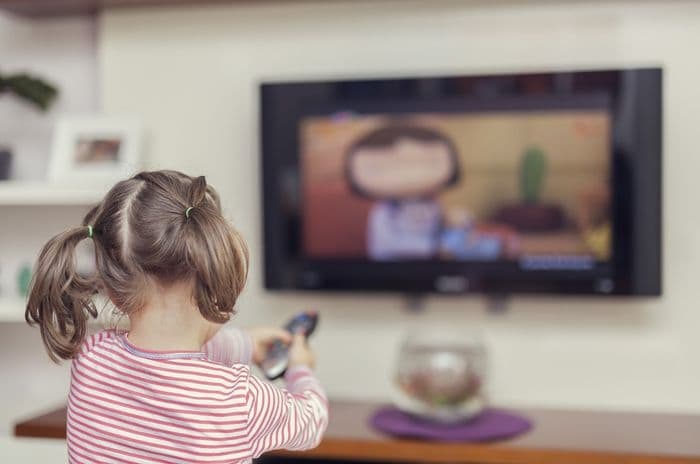Home > Money > News > New junior ISAs to replace child trust funds
New junior ISAs to replace child trust funds
FROM November, Junior ISAs with an annual limit of £3,600 will replace the Child Trust Fund's £1,200 limit.

The new ISAs will be available to all children born on or after January 3rd this year, when the trust funds ended.
Rob Fisher at Fidelity, which has already confirmed it will provide Junior ISAs, said that the Government's new deal has, "the ability to teach an important lesson to young people early in their life.
"The earlier they start saving, the earlier they can benefit from the compounding of their assets and the long term performance of the stockmarket."
It's comments like that which lead one to suspect that the new scheme might be slightly more beneficial to well-off families than the old CTFs which, unlike the ISAs, were supplemented with Government contributions.
But let's not judge too harshly before we get all the facts.
How do Junior ISAs work?
Like an adult ISA, the £3,600 tax-free limit of a junior ISA's limit can either be used up in cash or split between cash and stocks and shares.
To put that another way, there's a choice between:
- One junior ISA with up to £3,600 in cash
- Two junior ISAs, one with up to £1,800 in cash and one with up to £1,800 in stocks and shares
Then, again just as with an adult ISA, the account holder can continue to invest the full allowance every year, building up a tax-free savings nest egg over time.
The current limit will apply until 5 April 2013. Subsequently, just as with a normal ISA, the limit will be updated in line with the Consumer Price Index.
JP Morgan Asset Management, another Junior ISA provider, said that, based on the current limit, the savings account could net a kid over £100,000 tax-free by the time they turn 18.
That's assuming the parents invest the maximum £3,600 per year from birth, a flat out impossibility for most families, but it does illustrate that junior ISAs really could help to build up a healthy amount of savings for the future. And all tax-free.
Do I have to keep a Junior ISA account forever?
Unlike adult ISAs only two Junior ISA accounts can be held in one name at a time.
The funds are owned by the child and locked in until he or she turns 18, at which point the account will become an adult ISA.
In the meantime, however, it will be possible to move ISA money around to get the best interest rate. However, there are strict rules on 'transferring in' money in this situation in order to ensure that the account keeps its tax-free status.
See our full guide to ISAs, for more information.
What happens if I have a CTF?
If your child already has money invested in a Child Trust Fund they can't get a Junior ISA.
It isn't possible to move money from a CTF to a Junior ISA.
If you currently have neither a CTF nor a Junior ISA note that you'll still be restricted in your choices by your child's date of birth.
The cut off point for young children is 3 January 2011.
If your child was born on or after this date they can open a Junior ISA. Those born between 1 September 2002 and 2 January 2011 must open a CTF.
For older children the rules are a bit different. If your child was born before September 2002 (so 8 years old when this article was published) but they never got a CTF they're eligible for a Junior ISA.
As you can see from that tangled explanation, CTFs, axed as part of benefits cuts ahead of the 2010 emergency budget, will continue to exist but some fear that their holders will be left out by the new ISAs.
"With the lack of focus on CTFs, the danger is children with these accounts will languish on poor deals, while those with Junior ISAs will benefit from competition in the market," said Kevin Mountford of Moneysupermarket.
Currently the interest rates offered by Junior ISAs and CTFs are about comparable.
However, as bigger financial providers start offering the ISA options the gap between the interest rates is expected to widen, making them a 'second class' form of savings account.
Get insider tips and the latest offers in our newsletter
Get insider tips and the latest offers in our newsletter

We are independent of all of the products and services we compare.

We order our comparison tables by price or feature and never by referral revenue.

We donate at least 5% of our profits to charity, and we aim to be climate positive.
Latest News

26 October 2022
Cost of living showing worrying trends in affordability
16 June 2022
FCA warn lenders on cost of living difficulties


